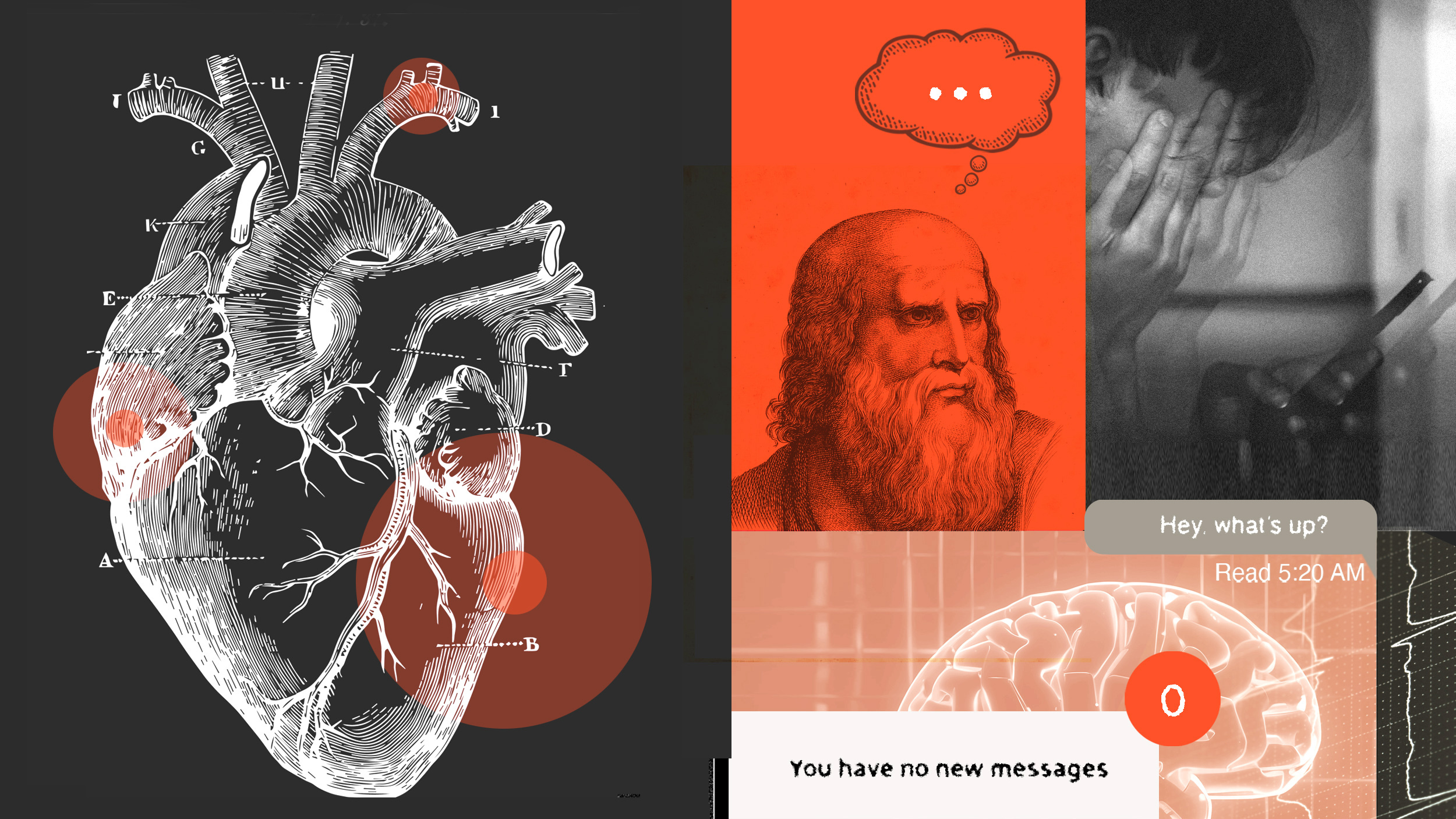Why Sexual Desire Is Objectifying – and Hence Morally Wrong

The 18th-century philosopher Immanuel Kant believed that human beings tend to be evil. He wasn’t talking about some guy rubbing his hands and crowing with glee at the prospect of torturing an enemy. He was thinking about the basic human tendency to succumb to what we want to do instead of what we ought to do, to heed the siren-song of our desires instead of the call of duty. For Kant, morality is the force that closes this gap, and holds us back from our darker, desiring selves.
Once desire becomes suspect, sex is never far behind. Kant implicitly acknowledged the unusual power of sexual urges and their capacity to divert us from doing what is right. He claimed that sex was particularly morally condemnable, because lust focuses on the body, not the agency, of those we sexually desire, and so reduces them to mere things. It makes us see the objects of our longing as just that – objects. In so doing, we see them as mere tools for our own satisfaction.
Treating people as objects can mean many things. It could include beating them, tearing into them, and violating them. But there are other, less violent ways of objectifying people. We might treat someone as only a means to our sexual pleasure, to satisfy our lust on that person, to use a somewhat archaic expression. The fact that the other person consents does not get rid of the objectification; two people can agree to use one another for purely sexual purposes.
But don’t we use each other all the time? Many of us have jobs – as cleaners, gardeners, teachers, singers. Does the beneficiary of the service objectify the service provider, and does the service provider objectify the recipient by taking their money? These relationships don’t seem to provoke the same moral qualms. Either they do not involve objectification, or the objectification is somehow neutered.
Kant said that these scenarios weren’t really a problem. He draws a distinction between mere use – the basis of objectification – and more-than-mere use. While we might employ people to do jobs, and accept payment for our work, we don’t treat the person on the other side of the transaction as a mere tool; we still recognise that person’s fundamental humanity.
Sex, though, is different. When I hire someone to sing, according to Kant, my desire is for his or her talent – for the voice-in-action. But when I sexually desire someone, I desire his or her body, not the person’s services or talents or intellectual capabilities, although any of these could enhance the desire. So, when we desire the person’s body, we often focus during sex on its individual parts: the buttocks, the penis, the clitoris, the thighs, the lips. What we desire to do with those parts differs, of course. Some like to touch them with the hand, others with the lips, others with the tongue; for others still, the desire is just to look. This does not mean that I would settle for a human corpse: our desire for human bodies is directed at them as living, much like my desire for a cellphone is directed at a functioning one.
But, one might object, don’t we do sexual things because we love our partners, and want them to feel pleasure? Of course we do. But if we did so when we didn’t want to in the first place, then we do not do it out of sexual desire. And if we don’t do it out of sexual desire, then the problem of objectification does not present itself. We can enjoy sexually pleasing someone else. But you can think of the other person as a sophisticated instrument: to give the maximum pleasure, we have to please it. Just because I have to oil and maintain my car for it to work does not mean it is any less of an instrument.
Sex doesn’t just make you objectify your partner. It also makes you objectify yourself. When I am in the grip of sexual desire, I also allow another person to reduce me to my body, to use me as a tool. Kant saw this process of self-objectification as an equally, if not more, serious moral problem than objectification directed outwards. I have duties to others to promote their happiness, but I also have a duty to morally perfect myself. Allowing myself to be objectified opposes this precept, according to Kant.
But really, what’s the big deal? Yes, we objectify each other in sex and let ourselves be objectified. Worse things have happened and will happen. At least with sex there is pleasure (if all goes well) and lots of it (if all goes really well). Whatever is wrong with sexual objectification can’t be that bad, surely?
But there’s a snag. The capacity to reason is what makes people ends in themselves, worthy of moral respect, according to Kant. And what’s objectifying about sexual desire is its ability to numb a person to reason, both in themselves and in others. Its power is such that it makes our reason its servant: our rationality becomes the means to satisfy its goals. It has been the downfall of kings and leaders; the ruination of relationships; the seedbed of lies in the pursuit of getting laid (‘Me too! I love atonal music!’). In my pursuit to fulfil it, I cheat, I deceive, I pretend to be not who I am – and not just to the other person, but to myself, too. I set aside the other’s rationality, and in doing so, set aside their humanity. That is not my concern; his or her body is.
Is it possible to have sex without objectification? Of course. Prostitutes do it all the time. So do many long-term couples. They have sex with people whom they do not desire. And with no desire, there is no objectification. Not even love can fix it. When the desire is high, when the sexual act is in full swing, my beloved is a piece of flesh. (Though love does lead to occasional cuddling, which is nice.)
I agree with Kant that sexual desire and objectification are inseparable, and a force that morality must reckon with. Sex is like any good dessert: delicious but with a price.

Raja Halwani
—
This article was originally published at Aeon and has been republished under Creative Commons.





